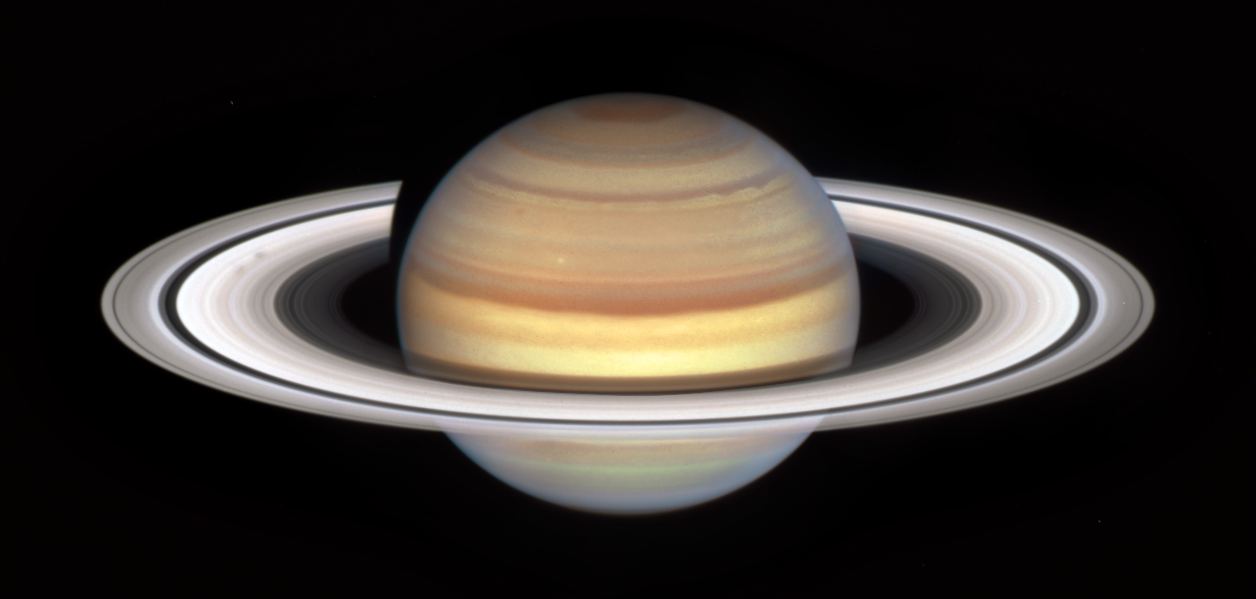Located in Tuscon, Arizona, the National Optical-Infrared Astronomy Research Laboratory (NOIRLab) is a leading national facility comprising four observatories offering astronomers associated with any U.S. institution access to observing time. Committed to advancing astronomy and science education, NOIRLab has recently unveiled the 88 Constellations Project, a comprehensive collection of high-resolution images of all 88 IAU-recognized constellations, freely available for educational and research purposes. This initiative represents a transformative step in making knowledge about the stars more accessible to the public and educators alike.
The 88 Constellations Project: An Overview
NOIRLab’s 88 Constellations Project aims to provide a rich educational resource for students, teachers, and astronomy enthusiasts. The project features a dazzling array of high-resolution images, capturing the beauty of the night sky while also providing in-depth information about each constellation’s history, the brightest stars, notable deep-sky objects, and how to locate them. In total, the project includes:
- High-resolution images: Stunning photography that showcases the intricacies and features of each constellation, enabling a deep appreciation of their celestial beauty.
- Educational resources: Materials designed for educators, including flashcards and interactive content to enhance learning experiences in schools.
- Open-source access: All resources are freely available to the public, ensuring that knowledge and educational tools are accessible to everyone.

Educational Impact and Community Engagement
The 88 Constellations Project is not just about providing images; it actively seeks to engage the community and promote astronomy as a field of study. By leveraging the latest technology and extensive astronomical data, this initiative aims to bridge the gap between professional astronomy and the general public. Notably, the project encourages:
- Public Observations: By promoting accessibility, individuals and groups can better engage in stargazing and understand the mysteries of the universe.
- Workshops and Events: NOIRLab facilitates workshops for educators and students to grasp astronomy's fundamentals, fostering a deeper interest in science and astronomy fields.
- Online Resources: The availability of resources online eliminates geographical barriers, allowing global access to educational materials.
Images Captured by Experts
The high-quality images within the 88 Constellations Project were captured by renowned astrophotographer Eckhard Slawik, utilizing advanced techniques to create vivid representations of the constellations. Each image has two exposure variations: one with a diffuser filter to enhance the colors of the stars, and another without. This meticulous approach allows for a more encompassing view of each constellation. Below are details about the photographic techniques used:
| Method | Description |
|---|---|
| Digital Imaging | Utilizes digital sensors to capture intricate details of celestial objects. |
| Multiple Exposures | Combines multiple exposures to enhance color and brightness. |
| Image Processing | Involves post-processing techniques to optimize exposure and reduce noise. |
| Advanced Filters | Employs diffuser filters to bring out stellar colors and define the background. |
Histories and Origins of the Constellations
Each of the 88 constellations carries a rich history and lore that spans various cultures. Through the project, individuals can explore not only the images but also the narratives behind them. For instance:
- Andromeda: Named after a princess in Greek mythology, Andromeda is one of the most recognized constellations in the northern sky.
- Cassiopeia: Identified by its distinctive "W" shape formed by five bright stars, it represents a queen in Greek mythology.
- Ursa Major: Known for containing the Big Dipper, this constellation has significant importance in various cultures for navigation.

Access and Retrieval of Images
The collection of constellation images is entirely open-source and can be freely accessed via the NOIRLab's dedicated project website. Users can download high-resolution files suitable for both educational and personal use. Each image is accompanied by metadata, including:
- Name of the Constellation
- Cultural Significance
- Location Coordinates
- Brightness and Color Data
This database will enhance learning activities, such as presentations or planetarium shows, allowing educators to create immersive experiences centered on astronomical concepts.
Research and Contributions
In addition to enhancing public knowledge, the 88 Constellations Project represents an important research contribution within the field of astronomy. With a wealth of observable data becoming ever more crucial in scientific studies, this project serves as a vital resource for both seasoned astronomers and amateurs alike.
As a valuable educational and research initiative, the 88 Constellations Project will facilitate ongoing astronomical research, keep astronomy in the public eye, and help cultivate the next generation of astronomers and scientists.
References and Further Readings
NOIRLab continues to expand its role in the field of astronomy, bring significant educational resources and high-quality research materials to a wider audience, ensuring that the wonders of the universe remain accessible to all.




